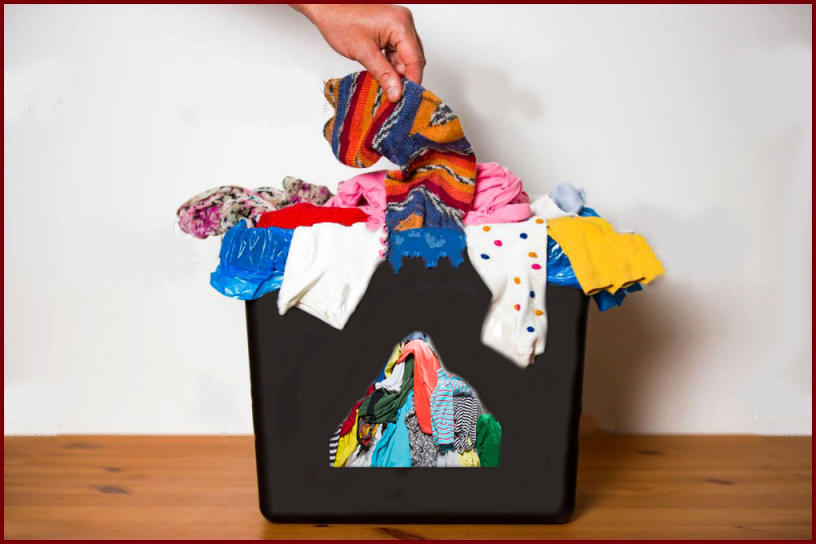Bangladesh is a crowded and overpopulous but one of the fastest-growing economic countries in the world. A considerable number of people are working in the RMG sector and RMG is one of the highest revenue-gaining sources in this country. Bangladesh earns billions of dollars by exporting readymade garments. A considerable amount of waste is generated during garment production. Remarkably, garment waste is harmful to the environment if it is not recycled properly and dumped somewhere. But if we take it positively and set up recycled plants with modern equipment then we can earn billions of dollars from this wastage. It has a great circular economy value chain if we focus on a clean environment. The clothing industry will adopt circularity as the new norm to address difficulties with sustainability, traceability, and climate change.
Bangladesh can make about $6 billion a year by selling textile waste produced by RMG. The local garment makers produce about 4,00,000 tons of recycled yarn and fabric waste every year and if it can be locally processed by using modern technology then it will be very good for us.
The environmental issue is very sensitive in the current world. Thus everyone is emphasizing using apparel by recycling yarn and fabric. In addition, purchasers are urged to comply with a European Union (EU) law regarding environmental and human rights protection. As part of the new regulations, rich nations are encouraging apparel manufacturers to use 24% recycled or sustainable materials by 2025. By recycling process, garment makers can earn billions of dollars from this textile waste.
Garment exporters, researchers, buyers, and local government authorities should emphasize recycling textile waste in the context of environmental issues. Thus, they should enhance cooperation and green banking support to establish more recycles plants. Through recycling, discarded apparel has become a valuable raw material. In this method, cotton is produced from discarded materials and clothing. The clothing made from this surplus fabric is exported to international markets.
Recently Bangladeshi garment manufacturer Ha-Meem Group one of the pioneers in this arena has set up a new recycled spinning plant at Mauna in Gazipur on 26 February, 2023 to produce cotton from garment cutting waste. Ha-Meem Spinning Mill can produce about 80 tons of recycled cotton per day from their 200-garment production plant with modern machinery which is imported from Spain. That sounds great for an Eco-friendly environment.
Attempting to use textile waste is a new path to the garment industry in Bangladesh which is a great milestone for this sector. Production of re-clothing from textile waste will enhance buyer trust as well as create new demand for Bangladeshi clothing from global consumers. Thus apparel manufacturers want to ban on export of clothing wastage.
Buyers are now paying more attention to the use of such useless clothes and continuously urge garment makers to set up recycling plants quickly due to environmental awareness and other reasons.
Making garment items from recycled yarn will create the next opportunity for Bangladesh which will enhance a good impact for retailers and brand promoters to collect more clothing items from Bangladesh that are made from recycled yarn.
You may like: Requirements to Become a Fashion Designer!



